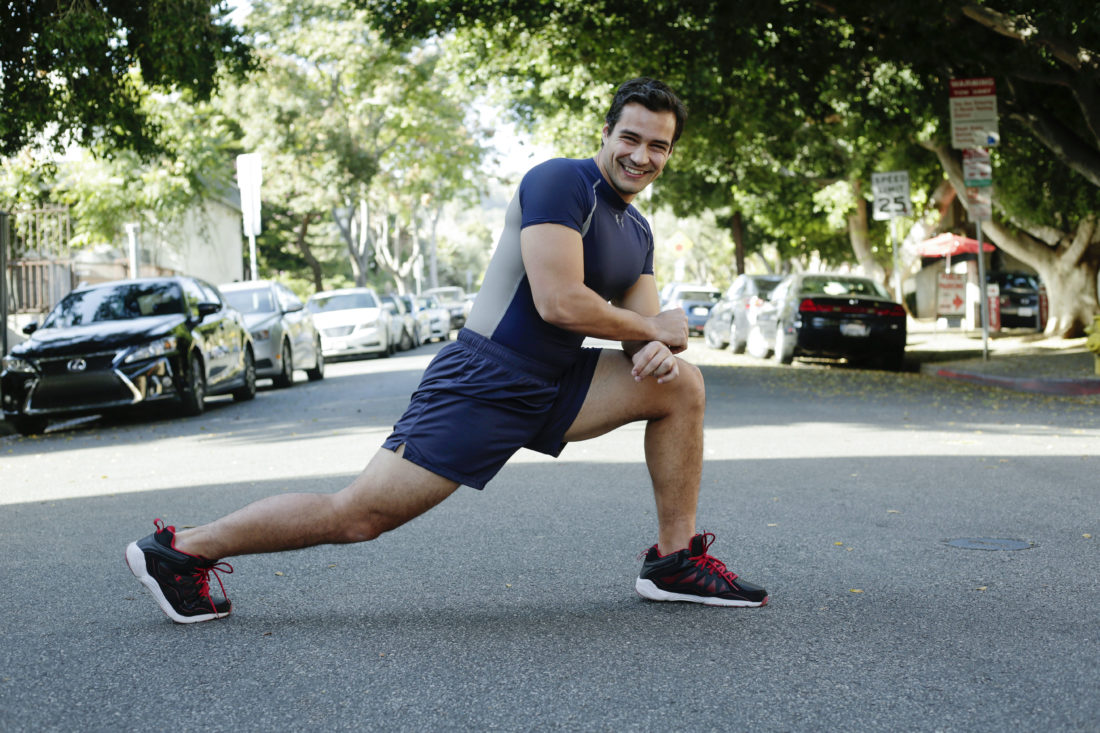
How to Train for a Marathon
Running a marathon gives you a sense of accomplishment, unlike few achievements. About 500,000 Americans run marathons and half-marathons per year. That’s just 1.5% of the population. If you can complete a marathon, then you’re one of the most active people in the country. That alone has to make you feel good about yourself.
Training can also have several health benefits. The cardiovascular exercise that you get from training will help you maintain a healthy weight, lower your stress levels, prevent high blood pressure, and increase your bone strength. Plus, running gives you one hell of an ass!
If you’ve never run farther than a mile, then training for a marathon might seem impossible. Don’t worry. If you take the right approach to training, you can finish a marathon and reap all of the benefits.
Find a Training Schedule that Works for You
Before you can start training, you need to find a realistic schedule that fits your lifestyle. Hal Higdon, who helped popularize marathons in the 1950s and ‘60s, has written numerous books that will help you train. His Novice Marathon Training Schedule works well for people who can already run 3 miles.
If you can’t run 3 miles at a time, then get started with the Couch to 5K (C25K) training schedule. You can even download the C25K app to your smartphone to keep you motivated.
If none of these schedules feel right to you, feel free to modify them to match your current ability.
Get the Equipment You Need to Train Safely
You will need some equipment to train safely for a marathon. Most importantly, you’ll need a pair of good running shoes. Visit your local running store to get fitted and talk to a professional about models that suit your foot’s shape and training goals.
Other items you’ll need include:
- Lightweight shorts and shirts that dry quickly.
- A running cap or headband to keep sweat out of your eyes.
- A running belt or armband to carry your smartphone and other items.
- Sunscreen and kickass sunglasses.
- A handheld flask for chilled water that will prevent dehydration.
- Supplements to keep you fueled during long runs.
- Body Glide. (Pay for the good stuff to avoid chaffing that will make you miserable.)
- A GPS watch to track your distance.
- Lights and a reflective vest for running at night.
Focus on Distance Instead of Speed
Don’t worry about your speed while training for your first marathon. You’re going for distance. You should even take walking breaks if you need them. As long as you reach your distance goal, you’re making progress.
Take Your Rest Days Seriously
You can exercise too much. Training schedules include rest days so your muscles can recover. Take your rest days just as seriously as your training days.
Keep a Training Diary
This may sound unnecessary, but keeping a training diary is a great way for you to stay motivated, meet your goals, and recognize signs of emerging injuries. When you have a comprehensive journal of your training, you can review your entries to adjust your schedule.
Your training diary also gives you a memento of the days you spent preparing for your first marathon. It will become a treasured item once you cross the finish line.
Join a Running Club
It’s tough to stay motivated during a long training schedule. Events with work and family will get in your way. You’ll miss parties. You’ll have to get up earlier than normal to avoid the midday heat. Once you start skipping training sessions, you’re on your way to giving up.
Find a running club in your neighborhood so you can get support from other people. It’s easy to give up on yourself when your legs hurt and you have to finish a work presentation by tomorrow. It’s a lot harder to disappoint a group of guys that count on you to run with them.
Use Cross Training to Avoid Injuries
Cross training will help you avoid overtraining injuries. During one or two of your weekly off days, participate in core-strengthening exercises like yoga, swimming, cycling or ballet.
You need a strong core to maintain stability during long runs. Running isn’t all about building leg muscles. You need to get your hips, buttocks, and stomach involved, too.
Follow a Diet that Helps You Reach Your Goals
Rich Roll is the poster boy for staying healthy while running long distances. At 39, a health scare got him off the couch and on the road. Now, he’s about 50 years old and he’s completed countless marathons, ultramarathons, and Ultraman Championships.
How badass is Roll? He’s one of the very few people to complete the EPIC5 CHALLENGE. That means he finished five Ironman Competitions within a week. How amazing is that? The distances come to swimming 12 miles, biking 450 miles, and running 131.1 miles within 7 days.
Those qualifications make him someone you should pay attention to.
Rich Roll credits much of his success to his diet. He eats a plant-based diet that doesn’t include any meat or dairy.
You don’t have to go full-on vegan while you train, but you should significantly reduce the amount of animal products that you consume. Think about it this way: why would you throw a bunch of cholesterol into your body while you’re training for a difficult cardiovascular challenge?
Also, don’t drink too much while training. The extra calories will slow you down, and no one likes to run 12 miles with a hangover.
Pamper Yourself Before the Race
After months of training, you deserve a little pampering. Schedule a Signature Haircut at BSG so you can feel more confident on the road. Also, enjoy a Afeitado a navaja con toalla caliente. Taking some time for yourself gives you a chance to feel good about your hard work and lets you mentally prepare for the challenge ahead.
Even if you’ve never run a 5K race, you can train for and complete a marathon within a few months. You’ll feel good about the accomplishment for the rest of your life.

